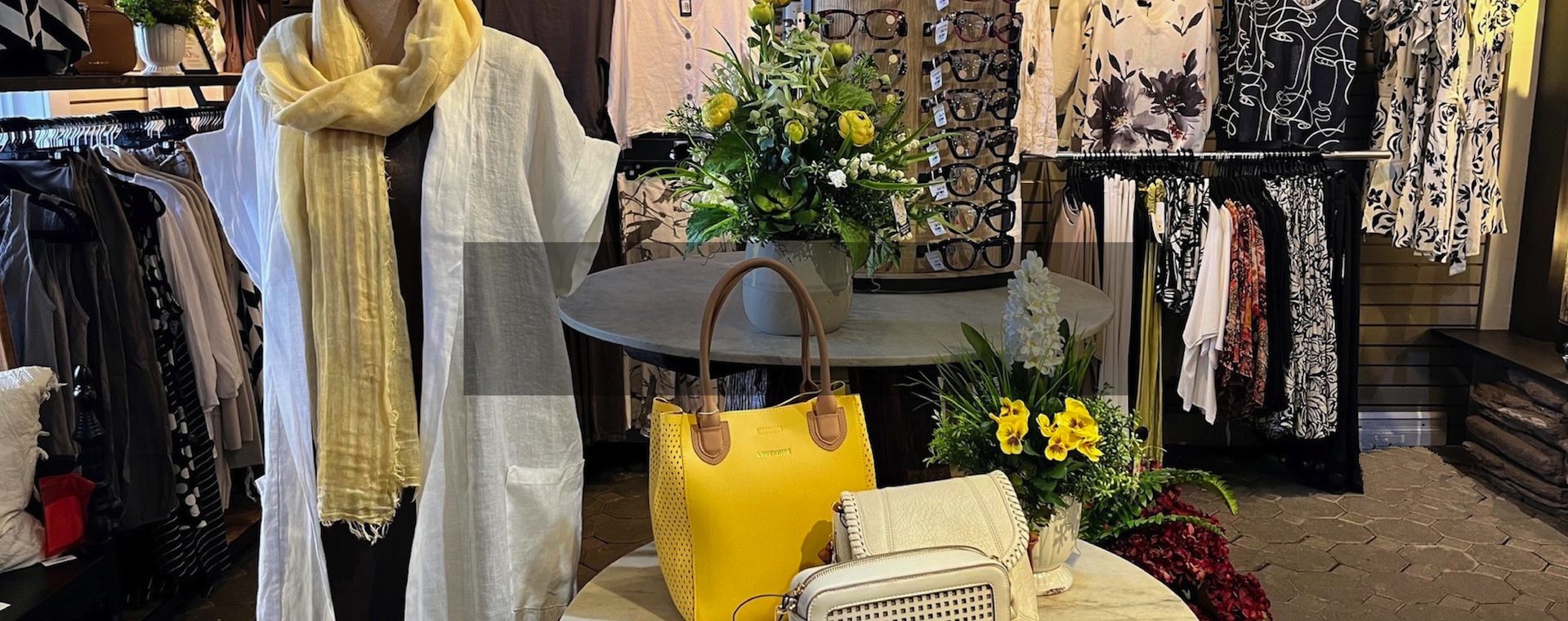Houseplant Pests

Pest Prevention
Though sometimes pests are unavoidable, insects will often choose weaker, unhealthy plants to infest. Follow the basic care needs of light, water and nutrition to keep your plants at their best. One of the most important parts of a houseplant’s care regimen is a weekly shower. These frequent baths help keep leaves clean, but can also rinse away pests and/or eggs.
Monitoring
Take a close look at leaves and stems for pests on a frequent basis. Early detection and treatment is key to avoiding a damaging infestation that could be very difficult to treat.
Common Houseplant Pests

Aphids
Pear-shaped insects (clear, green, black, orange) pierce leaves to suck out contents. Symptoms include yellowing of foliage, curling of foliage and sticky ‘honeydew’ on leaves. Aphids are very soft bodied, so can be easily killed by strong blasts of water in the sink/shower, or a couple of applications of insecticidal soap.

Spider Mites
These tiny mites leave fine webbing (much finer than spider webs) in the joints of plants, and leave foliage yellowed and stippled from their piercing mouthparts. As mites thrive in hot, dry rooms, a weekly shower is the best prevention to maintain humidity and wash any mites/webbing away. Mites can also be treated with insecticidal soap or doktor doom house and garden.

Mealybugs
These cottony blobs are often found in the joints of foliage, but may also be found along the stems. Symptoms include yellowing, dry foliage. Mealy are very hard to control. If caught early, clip off affected stems or wipe bugs with rubbing alcohol soaked Q-Tips. If infestation is large, it’s often best to discard the plant.

Scale
These small insects attach themselves to plant stems, and cover themselves in a hard shell. Young ‘crawler’ stage scale can be treated with insecticidal soap or doktor doom house and garden. Small infestations can be controlled by clipping off affected stems, or scraping away the insect with a fingernail or knife edge. With larger infestations, it is best to discard the plant.

Thrips
These tiny insects resemble a hyphen (-) and can do a lot of damage. They can reproduce quickly, making them hard to control. These pests will require repeated applications of insecticides, taking caution to spray all foliage and stems top and bottom. If infestation is large, discard plant.

Whiteflies
These small insects tend to hide on the undersides of leaves, but will fly up in a cloud when disturbed. Whiteflies reproduce quickly, so early detection and treatment is key. Use yellow sticky traps to catch flying adults and use repeated applications of insecticidal soap and doktor doom house and garden on crawling stages.

Fungus Gnats
These tiny flies hover around indoor plants and fly up in a cloud when disturbed. Though adults lay eggs, the larvae are the ones doing the damage, feeding on plant roots.
Control is three parts:
- Fungus gnats thrive in moist soil, so ensure you are allowing plants to adequately dry out between watering and that the pot has appropriate drainage. Since adults seek out moist soil to lay eggs in, a 1/4” layer of sand on top of the soil could deter egg laying.
- Place yellow sticky traps around plants to capture adults so they cannot continue to lay eggs.
- Dust soil surface with diatomaceous earth. This layer will kill any emerging larvae, and control adults whom contact the dust upon egg laying.
Houseplant Insecticides
Note that most insecticides are considered ‘contact’. This means that in order to be effective, the spray needs to ‘contact’ the insect in order to be effective. To prevent resistance to the active ingredients, it is often recommended to switch between products when making repeated
applications.
Insecticidal Soap
Do NOT confuse dish soap with insecticidal soap. Most dish soaps contain degreasing chemicals that could strip away the protective waxy leaf layer on houseplants. Insecticidal soaps use fatty acids to kill insects, but will not harm foliage.

Doktor Doom House and Garden
This permethrin based insecticide has a residual effect, making it a bit more effective than insecticidal soap. The residue will last on leaves for a few weeks, so requires less frequent application than soap. The aerosol applicator makes it easy to apply a fine mist on all parts of the plant, including the undersides of leaves where many insects hide.
Diatomaceous Earth
This non-chemical, organic dust is most effective with crawling insects, as they need to come into contact with the dust for it to be effective.





